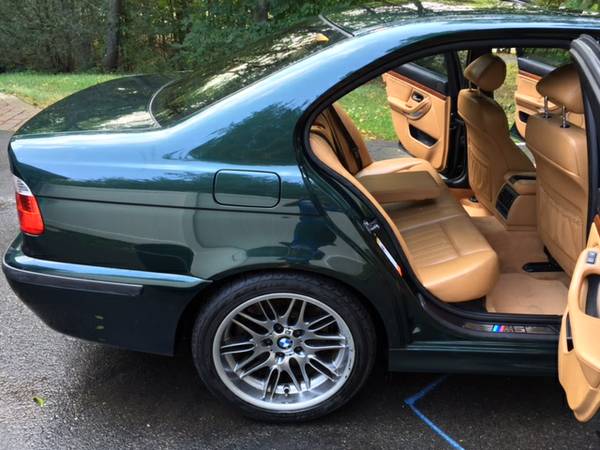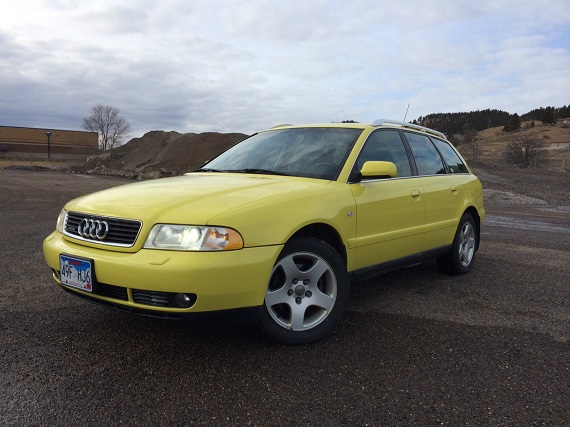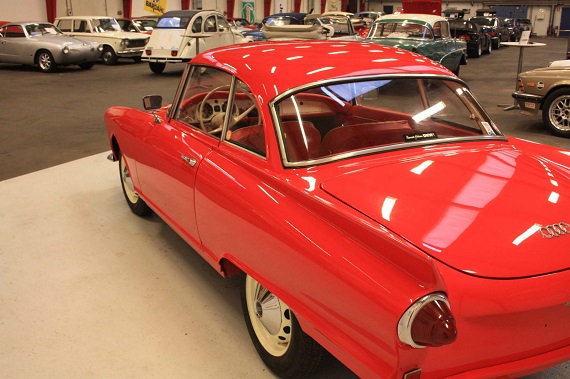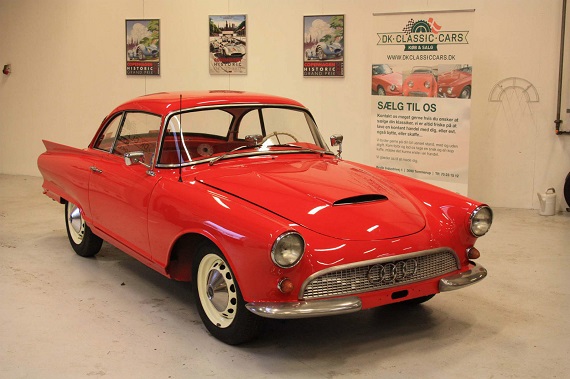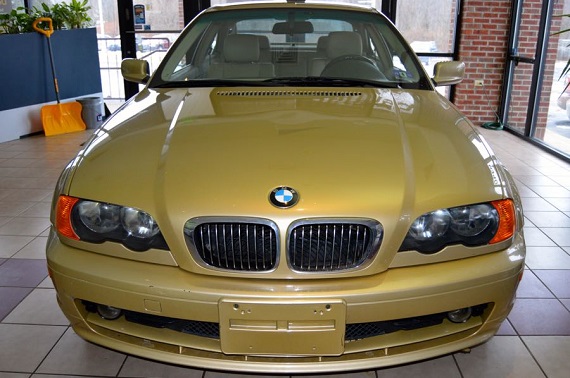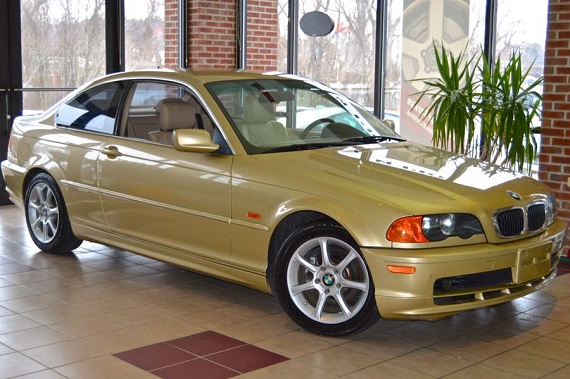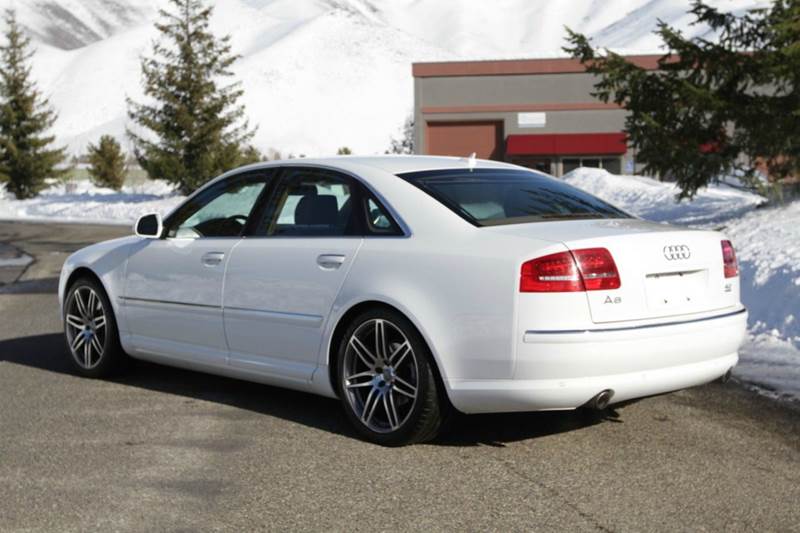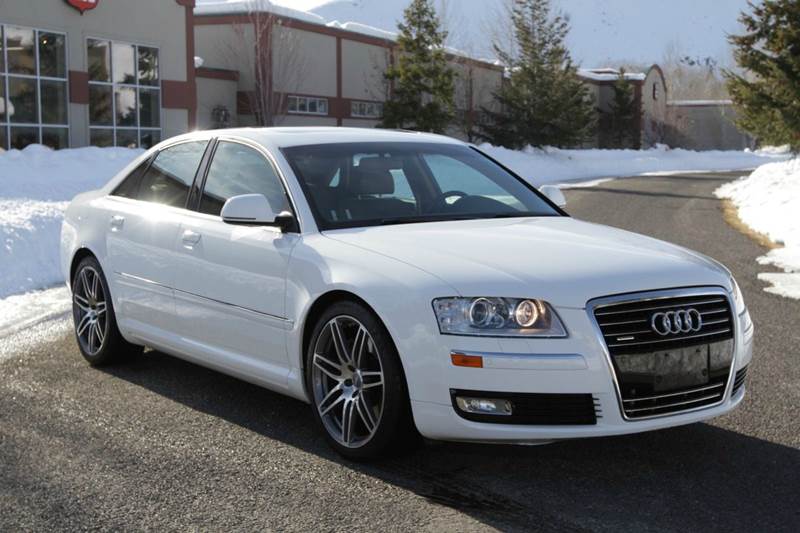About halfway through production of the E39 M5, BMW released a series of films from notable directors highlighting their model range. They all starred Clive Owen as the ubiquitous Driver character as the wheelman of a particular model. Some were dark, some were mysterious, but my favorite – and, I believe the favorite of most people – was Guy Ritchie’s Star. For me, it was neither the famous director nor his power-couple wife Madonna that was the star of that particular film, but the Driver‘s M5. Indeed, rewatching the film I found myself comparing the character’s introduction monologue, which ostensibly was about the female character played by Madonna, to the car. The characteristics shared of the dual nature of the iconic singer somehow work juxtaposed onto the M5. That was brought into sharper focus as the film progressed and Blur’s Song 2 – a song that somehow perfectly summed up the M5’s character. A deep base line, rhythmic speed and shouts of “Woo Hooo!” seem to somehow follow the M5 wherever it goes. Over the top? Absolutely, but it seemed that the whole plot line of Star is how most M5 drivers think their daily commute goes.
Author: Carter
If yesterday’s mellow yellow 323Ci wasn’t the sunshine you’d like to see, how about something a bit more brilliant in design and presentation? I have to say the fascination with BMW wagons and their ensuing high prices sometimes perplexes me, as Audi offered a sporty, manual, all-wheel drive Avant that is great looking, reliable and long-lived and will make you feel pretty special. That’s especially so when it’s optioned in one of the more rare shades available on the B5; in this case, LY1B Brilliant Yellow. I’m sure there will be claims that, like Pelican Blue and Tropical Green, these Easter colors make the jelly bean shaped A4 a bit too festive, but personally I love the look of this Avant:
CLICK FOR DETAILS: 2000 Audi A4 2.8 quattro Avant on eBay
11 CommentsThe world of Auto Union is full of paradox. That the company even came into existence is itself somewhat of a fluke, but a harsh economic situation in Germany in the 1930s led four mostly failing companies to band together in the hope that united, they might survive. Out of that union was born the image of the four rings that today are worn proudly by the last remnant, and the least successful, of the original four – Audi. If that isn’t strange, the history of how we got to that point certainly is. Only one of the companies was truly successful when they banded together, and they produced primarily motorcycles, not cars. Yet only one year after being founded, the fledgling company put its technical prowess up against the might of the most storied car company in the world – indeed, the inventors of the automobile – Daimler-Benz. And by “its” technical prowess, I mean the technical prowess of one Ferdinand Porsche, himself an outcast of sorts from several car companies. His design was both unorthodox and unusual, with a single-cam supercharged 16 cylinder engine mounted in the middle of the car. Mind you, this was a full 25 years before Cooper would make the “revolutionary” change that would be the accepted practice of all modern Formula One cars. With entirely new suspension designs and strange handling behaviors – never mind enough torque to jump start an industrial production line and tires that would consequently disintegrate immediately or fuel that was really just a high explosive in liquid form – the Auto Union Grand Prix cars shared nothing in common with the road-going models marketed by the company, who at the start of the 1930s didn’t even produce what could loosely be identified as a sports car.
Yet, it worked.
Auto Union may numerically have not won as many races as Mercedes-Benz did over the same period, but they established themselves on the same level – no small feat, considering the company. They won races, championships and set records and were primed with new luxury, smart economy and even sports vehicles to capitalize on their great success at the race track and in the record books. And then, World War II broke out, and as fate would have it Auto Union’s primary headquarters were in Saxony. For those of you who aren’t particularly fond of maps, Saxony happens to be exactly where the Russians ended up advancing into in 1945. Mired in what would become East Germany, there didn’t appear to be much hope for Auto Union and it seemed they were relegated to the history books. But in 1949 the company was relaunched, now based in Ingolstadt – not far from its old rivals. The brand that had previously been the bread and butter of Auto Union’s sales – DKW – would carry the four rings and continue to make economy cars, but little else remained from the former glory of Auto Union. Indeed, even DKW itself was full of contradictions; the name derived from “Steam Powered Car” in German (Dampf-Kraft Wagen), yet the company hadn’t produced a steam car since the late teens. Their current lineup continued the strange trend with oxymoronic names like “3=6”. Math not being their strong suit, DKW alternatively called the car F900, F91, and finally “Sonderklasse”, though there was no longer a non-Sonder model. The underpinnings would make Swedes smile, with a two-stroke inline-3 powering the front wheels. And from these modest bones the only officially badged “Auto Union” was created – the 1000SP. With a bit more power and styling borrowed from an American classic, it was a special car:
CLICK FOR DETAILS: 1961 Auto Union 1000SP Coupe on eBay
2 CommentsWith each successive generation, Audi’s large sedan has come leaps and bounds forward in innovation and appeal. The C3 chassis brought Audi to a larger market with its modern aerodynamics and the introduction of all-wheel drive. That was capped with the evolutionary D11 model – the V8 quattro. Based on a Type 44 chassis, the V8 brought the dreaded automatic transmission to its large executive sedan – but while enthusiasts will decry that change, the reality is that for the people who bought the car original that proved to be a popular option and opened the all-wheel drive market to an entirely new clientele. Audi didn’t rest on its laurels, though, for even as the V8 quattro was still in production its replacement hinted at an entirely new design language for the company in the ASF concept. Not only were the looks decidedly more rounded and futuristic, but the aluminum space frame was in many ways ahead of its time. The result was a great looking, innovative all-wheel drive option for executives in the D2 chassis, which proved to be wildly popular, and it’s still a great looking sedan today, some 23 years after the original concept was penned. Although the height of D2 production was around 2000, by then the design was already showing its age and Audi was once again back at the drawing board. The result was that in 2002 the D3 chassis was launched to replace the D2 chassis.
Much of what had been pioneered in the D2 was carried over into the D3. The design was evolutionary rather than revolutionary. Under the skin, an updated choice of V8 and W12 motors (along with some TDis for European customers) mimicked the D2. But a new adaptive air suspension brought the A8 in line with premium products from its competition. Inside, Audi also reacted to the market with a new and advanced multi-media interface and thoroughly revised cockpit design that would once again lead the company in a new design direction. While the layout was more isolating for the driver, it’s hard to argue that the fit and finish of Audi’s interior was taken a few notches up with the D3 versus earlier models. As with the D2, the D3 was a very popular option – especially visually, where it continued the trend of Audi offering the best looking of the big three sedans. But, as with every chassis, the D3 became dated as the calendar got closer to 2010, and Audi introduced the current D4 with again a host of upgrades in 2009. As with every successive chassis shift, the outgoing model devalues and if you love the big German sedans, that leaves buyers with literally and figuratively a lot of car for their money:
